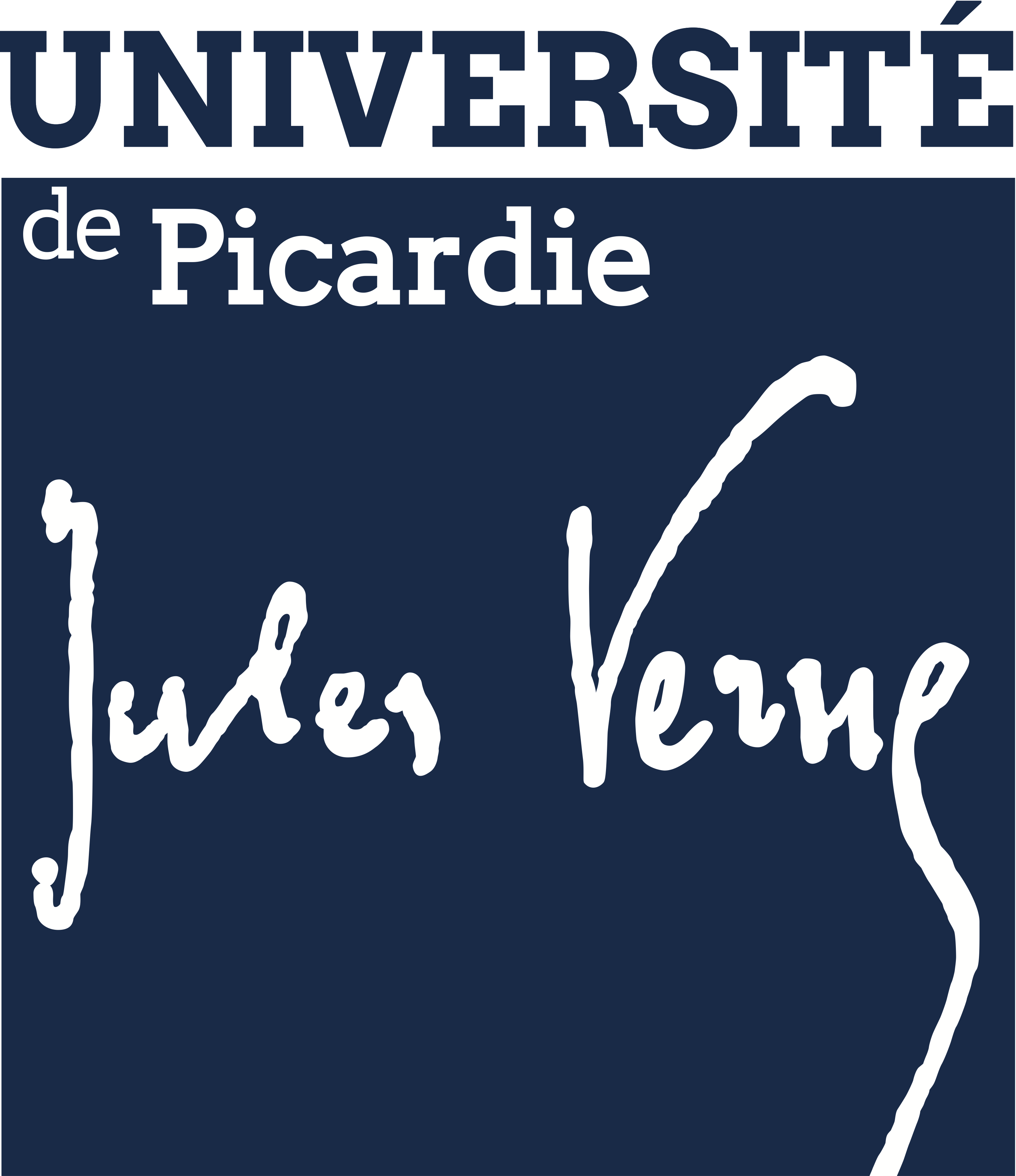Date
15 déc 2019
Dans le cadre des séminaires du laboratoire MIS, Léopold Crestel, chercheur chez Sony CSL, fera un séminaire le lundi 16 décembre (14h salle 301)
Establishing a targeted use case is a crucial step when designing automatic generative tools, as it will define its interface’s features. Our objective is to build interactive tools for assisting composition. Hence, we believe that a particular attention has to be put on the interaction with the system in order to build a creatively stimulating tool. However, a frequent drawback of deep learning based approaches is their lack of controllability over the generation.
In that presentation, we investigate how to efficiently condition a probabilistic model (based on the Transformer architecture) for symbolic music, in order to offer control to the users over the generation process. Thus, tasks such as in-painting or melody harmonization can be efficiently performed. Finally, applications to Bach chorale generation and automatic orchestration of a piano score will be presented.
Résumé : Symbolic music generation refers to the task of automatically generating a musical score. This field has a long history which traces back to the early ages of computer music. The recent advent of deep learning techniques led to important improvements over the quality of the generated scores, and opened up the way to more challenging tasks (polyphonic music with multiple instruments in different genres, from classical to pop music).
Establishing a targeted use case is a crucial step when designing automatic generative tools, as it will define its interface’s features. Our objective is to build interactive tools for assisting composition. Hence, we believe that a particular attention has to be put on the interaction with the system in order to build a creatively stimulating tool. However, a frequent drawback of deep learning based approaches is their lack of controllability over the generation.
In that presentation, we investigate how to efficiently condition a probabilistic model (based on the Transformer architecture) for symbolic music, in order to offer control to the users over the generation process. Thus, tasks such as in-painting or melody harmonization can be efficiently performed. Finally, applications to Bach chorale generation and automatic orchestration of a piano score will be presented.

